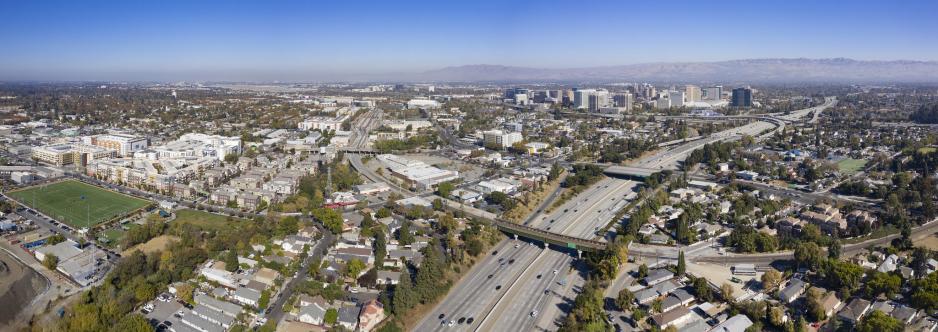Ensure that project proposals and joint-development procedures will meet requirements for minimizing or avoiding potential environmental impacts pursuant to the California Environmental Quality Act (CEQA).
- Include a Transportation Impact Analysis (TIA), as well as Transportation Demand Management (TDM) measures and other project impact mitigation measures as needed to meet local jurisdiction adopted standards.
- Build adequate time and resources into project plans and proformas to account for Environmental Impact Report (EIR) procedures per CEQA, including public and agency review periods. Design affordable housing developments that can take advantage of streamlined CEQA procedures permitted under SB 35 and other related legislation.
- Understand and disclose any potential brownfield liability and include pre-construction soils investigation and construction-duration and post-construction air quality mitigation measures.
Body
